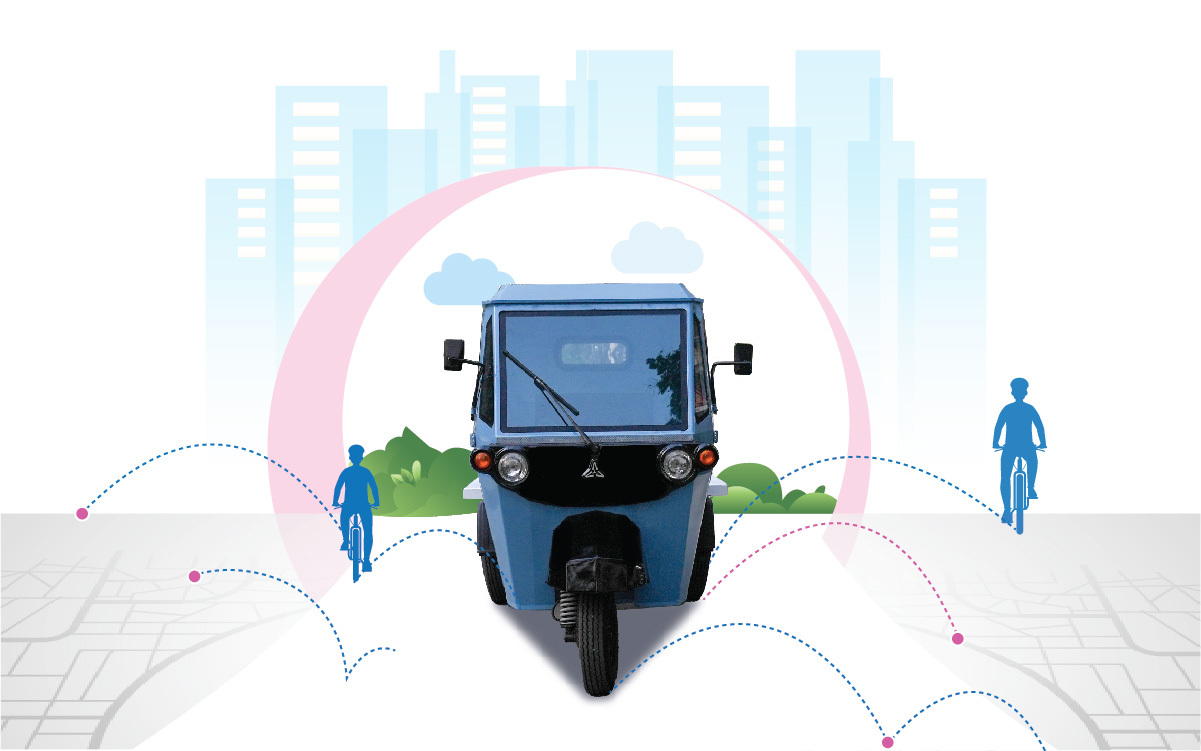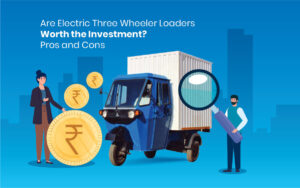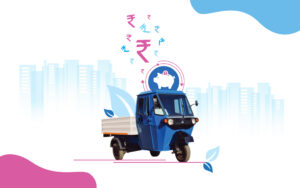How 3-Wheeler Electric Vehicles Are Revolutionizing Urban Mobility
Urban mobility in India is experiencing a revolution, driven by the need for smarter, more sustainable transportation options. Electric three-wheelers are one of the most promising innovations in this change and they are quickly becoming an essential component of the urban transportation system. Because they provide economical, environmentally responsible and effective transportation options, electric vehicles are revolutionising the way people and products move throughout cities. Let’s examine how urban mobility is being enhanced by electric three-wheelers.
How Electric Three-Wheelers Benefit Urban Mobility
Improving Connectivity in the First and Last Miles
Ensuring smooth first-mile and last-mile connectivity is one of the biggest issues in urban transportation. By offering adaptable and on-demand services that link users to wider transportation networks, including bus stops, metro stations and business centres, 3-wheeler electric vehicles are excellent at bridging this gap. They provide commuters in crowded places with a speedy, dependable and accessible option because of their small size and agility, which make them perfect for negotiating tight city roadways.
Reducing Congestion and Improving Traffic Flow
Electric three-wheelers are a much-needed way to ease traffic in cities that are getting more crowded by the day. Because of their compact size, these electric vehicles can easily navigate through crowded streets, reducing traffic. In addition to being more effective for individual journeys, their capacity to work in constrained areas helps to improve traffic flow in urban areas, reducing off travel time and improving the efficiency of urban commuting for all.
Promoting Cleaner, Healthier Cities
Air pollution is a growing concern in Indian cities, and transportation is a major contributor. Electric three-wheelers, operating without tailpipe emissions, offer a cleaner alternative to traditional combustion engine vehicles. By reducing emissions and improving air quality, these electric vehicles are making a tangible difference in the battle against urban pollution. This shift to electric vehicles aligns with the global trend toward eco-friendly urban mobility, contributing to healthier cities and a more sustainable environment.
Features of Electric Three-Wheelers
Electric three-wheelers are designed with urban mobility in mind, combining affordability with efficiency. Some of their key features include:
- Zero Emissions: They are powered by electric motors, meaning they do not produce harmful emissions, helping to reduce urban air pollution.
- Compact Design: Their small size allows them to easily maneuver through narrow streets, making them ideal for dense urban areas.
- Low Operating Costs: Electric three-wheelers have lower running and maintenance costs compared to traditional vehicles, making them a cost-effective choice for daily commuting and deliveries.
- Quiet Operation: These electric vehicles operate quietly, reducing noise pollution in crowded cities, further contributing to a more pleasant urban environment.
Read More: Maintenance Tips for Electric Three-Wheelers
Electric three-wheelers’ Potential Effects on Urban Mobility
As cities continue to grow and urbanization accelerates, electric three-wheelers are poised to play a pivotal role in shaping the future of urban transport. In the coming years, the widespread adoption of electric vehicles is expected to further reduce urban congestion, lower pollution levels and offer an even more efficient mode of transportation.
Advancements in Battery Technology
Electric three-wheelers will become more dependable and widely available as battery technology advances, allowing for more range between charges. These electric vehicles will become even more convenient for urban commuting with the advent of fast-charging networks.
Expansion of Charging Infrastructure
To encourage the spread of electric three-wheelers, charging stations must be installed throughout cities. Electric vehicles are a more sensible option for daily travel since they can be swiftly recharged thanks to a well-established network.
Supporting Policies and Incentives
Government support and incentives will continue to drive the adoption of electric three-wheelers. Financial subsidies and favorable policies aimed at reducing the initial purchase cost will help make electric vehicles more accessible, contributing to the shift toward cleaner, greener transportation.
Conclusion
Electric three-wheelers are more than just a solution to urban mobility issues; they are a revolutionary force influencing the future of cities. They are becoming an essential component of sustainable urban infrastructure by improving connectivity, lowering traffic, encouraging cleaner air, and providing affordable transit. Widespread usage of electric three-wheelers will help create smarter, greener and more efficient cities as battery technology develops, charging infrastructure grows and government regulations encourage adoption. More than a passing fad, the move to electric vehicles is an essential step towards a more sustainable and comfortable urban environment.




